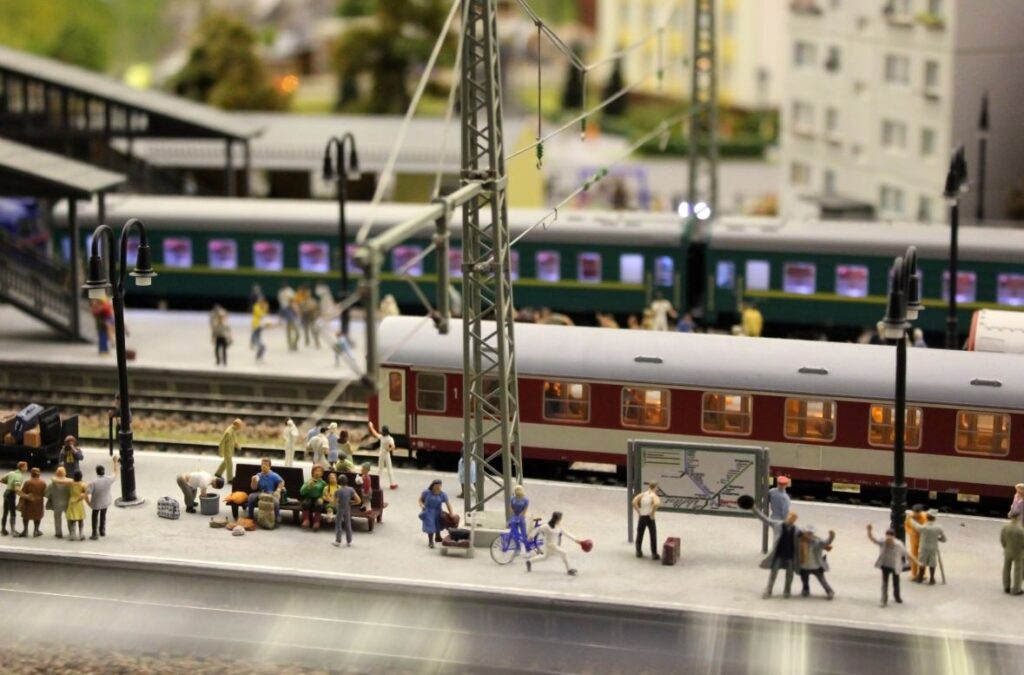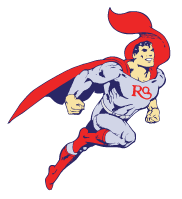What are trains without stations? Railroad stations are not just a functional part of the railway system. They also serve a very emotional purpose. In movies, railway stations are depicted as both a venue for a joyful reunion and a sad goodbye. Lovers saying goodbye, soldiers going to war, father returning from a long foreign trip and reuniting with his family. Railway stations have served as both the start and end of an adventure, and they remain important.
Today, we are looking at some important hallmarks of these fascinating structures and how you can design them perfectly to fit your layout flawlessly.
Hallmarks of Railroad Stations
While most people imagine railroad stations to be a waiting room with a wood-framed ticket counter and some benches facing the railway tracks, in reality, they can be much more (or much less!). Large urban terminals were essentially designed by keeping them passenger-focused, with freight operations taking place at a separate section somewhere else. However, they worked as major mail sorting and distribution hubs. Often, you would see a smaller building adjacent to the main one. These smaller buildings were post offices where all the mail was sorted. So keep this structure in mind for your station’s layout. It preserves authenticity and gives your railway station a beautiful look.
Station Configurations and Design
Most of the urban stations and their adjacent mail structures were mostly built over the tracks due to limited real estate. On the other hand, the rural stations are built with much more utility in mind. Rural stations are usually built at the ground level featuring paved or brick platforms. A siding known as a team track would usually be present, either leading to the freight house or an open area for loading freight into trucks. In the early steam era, most stations would also include a water tower to help cool down locomotives.
What Should I Include for My Era?
For urban train terminals, over-track designs didn’t gain any significant popularity until the mid 20th century. If you are working in the pre-1910 era, you should consider using a train-shed design. If, however, you are working on a more recent model, consider adding features like escalators, elevators, and ADA warning stripes.
Over the last 150 years, the rural station design has barely changed. However, recent upgrades made to rural stations include LED lights, concrete platforms, and ramps to adhere to ADA standards. You can consider integrating those in your model. If the era in which you are working doesn’t entertain passenger services, your station would also be repurposed as a civic building or a museum.


